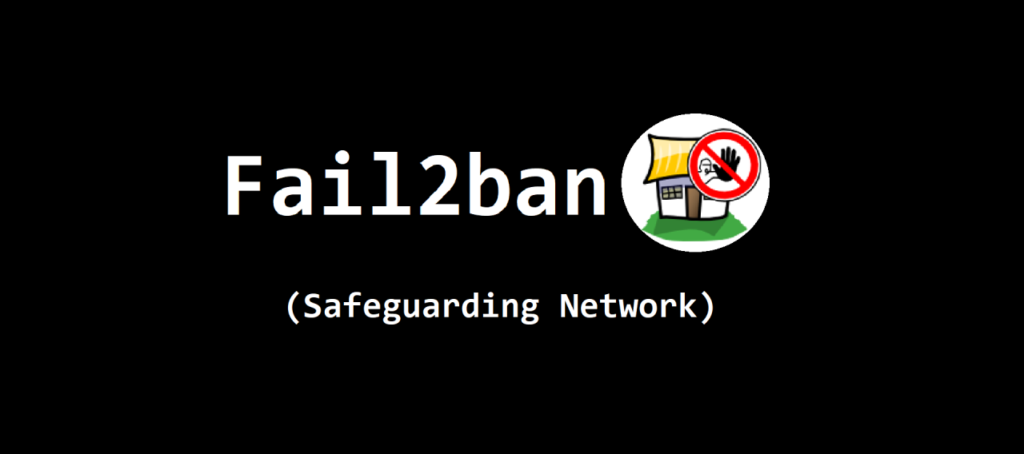How to Set Up Fail2Ban
Installing Fail2Ban is a critical step for enhancing server security against automated attack attempts. Here’s a detailed guide on how to set up Fail2Ban and leverage its functionalities:

Why Fail2Ban?
Servers are vulnerable to cyber attacks, including Denial of Service (DoS) attacks and brute-force password attacks. Fail2Ban mitigates these threats by blocking malicious traffic, thereby significantly boosting server security. By detecting and temporarily banning the IP addresses of malicious traffic, Fail2Ban restricts access to the server, preventing potential breaches. Fail2Ban acts as a deterrent against attacks like brute-force attempts, significantly enhancing server security by reducing the risk of unauthorized access and protecting sensitive data.
How to Use It?
The installation and usage of Fail2Ban involve a few straightforward steps, applicable across most Linux distributions. Here’s a general overview of the process:
- Installation: Fail2Ban is available in the official package repositories of most Linux distributions. For Debian-based systems like Debian and Ubuntu, you can install it using
sudo apt-get install fail2ban. For RPM-based systems like CentOS and Fedora, usesudo yum install fail2banorsudo dnf install fail2ban. - Configuration: Fail2Ban’s configuration files are located in the
/etc/fail2bandirectory. The primary configuration file isjail.conf; however, it’s recommended to create ajail.localfile for your custom settings to prevent them from being overwritten during system updates. By customizing these settings, you can better tailor Fail2Ban’s protections to your specific server environment. - Configuring Services: Fail2Ban provides pre-defined filters and actions for various services like SSH, Apache, Nginx, and Postfix. To protect these services, you should enable their respective jails in your
jail.localfile. For example, to secure SSH, you can configure the[sshd]section with settings likeenabled = true,port = ssh,filter = sshd,logpath = /var/log/auth.log, andmaxretry = 3. This configuration will monitor SSH login attempts and ban IP addresses that fail to authenticate after three attempts. - Starting and Testing Fail2Ban: After configuring, start the Fail2Ban service (
sudo systemctl start fail2ban) and enable it to start automatically at boot (sudo systemctl enable fail2ban). Then, conduct tests to ensure your configuration works as intended. For instance, simulate a failed login attempt to see if Fail2Ban successfully bans the offending IP address.
What Are Its Components?
Fail2Ban consists of several key components:
- Jails: Configurations that define specific rules and actions for one or more services. A jail typically consists of a filter, which identifies malicious behavior in log files, and an action, which defines what should happen when such behavior is detected.
- Filters: Expressions that search log files for certain patterns indicating malicious activity. Filters are essentially regular expressions that help Fail2Ban identify the type of attack and the corresponding IP address responsible for it.
- Actions: The operations to be performed when malicious activity is detected, usually involving blocking the offending IP address. Actions can also include sending alerts to administrators, adding the IP address to a blacklist, or even running custom scripts.
Why Is It Important?
Fail2Ban provides proactive protection against automated attacks, significantly Fail2Ban, you can minimize the potential damages from cyber attacks enhancing server security. It conserves system resources and alerts administrators to potential security threats. By blocking malicious traffic early, Fail2Ban helps maintain server availability, protect sensitive data, and reduce the risk of system compromises.
Conclusion
Fail2Ban is an indispensable security tool for Linux servers. Its setup and configuration are relatively simple, but the level of protection it offers makes it highly recommended for every server administrator. By securing your server with Fail2Ban, you can minimize the potential damages from cyber attacks. For more detailed instructions, you can refer to the How to Set Up Fail2Ban guide.




